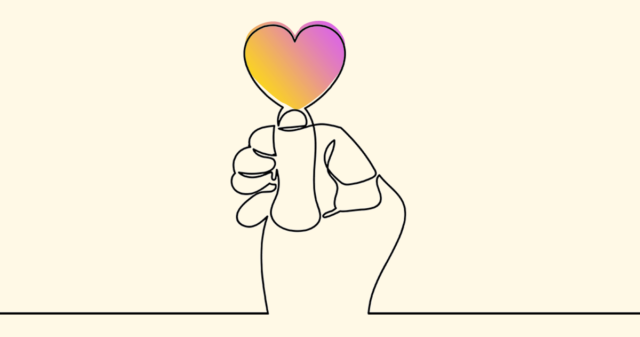Anxiety Disorders
Anxiety Defined
Although occasional anxiety is a familiar part of life, anxiety disorders involve persistent anxiety that can get worse over time, interfering with daily activities like job performance, school work, and relationships. Anxiety disorders are the most common mental health conditions in the U.S., affecting more than 40 million adults aged 18 and older and 7.1% of youth aged 3-17 years. Compounding these challenges, more than 1 in 3 young people with anxiety have behavioral problems and about 1 in 3 also have depression.
Research indicates that both genetic and environmental factors contribute to the risk of developing an anxiety disorder. General risk factors for all types of anxiety disorders include:
- Temperamental traits of shyness or behavioral inhibition in childhood
- Exposure to stressful and negative life or environmental events in early childhood or adulthood
- A history of anxiety or other mental illnesses in biological relatives
- Some physical health conditions, such as thyroid problems or heart arrhythmias, or caffeine or other substances/medications, can produce or aggravate anxiety symptoms
As troubling and prevalent as anxiety disorders are, most are highly treatable. However, only 36% of people who suffer from anxiety receive proper treatment. Without treatment, the anxiety rarely goes away and can even get worse over time, significantly interfering with daily activities and relationships.
Types of Anxiety Disorders
Anxiety disorders include obsessive-compulsive disorder, post-traumatic stress, generalized anxiety disorder, panic disorder, and phobias.
Generalized Anxiety Disorder (GAD)
People with GAD display excessive anxiety or worry most days for at least 6 months about a wide range of topics such as personal health, work, social interactions, and routine life circumstances.
GAD Symptoms include:
- Feeling restless or on edge
- Being easily fatigued
- Difficulty concentrating; mind going blank
- Irritability
- Muscle tension
- Difficulty controlling feelings of worry
- Sleep problems
Panic Disorder
People with panic disorder have recurrent unexpected panic attacks, or periods of intense fear that come on quickly and peak within minutes.
Panic attack symptoms include:
- Heart palpitations or an accelerated heart rate
- Sweating
- Trembling
- Sensations of shortness of breath or choking
- Feelings of impending doom
- Feelings of being out of control
Phobia-related disorders
A phobia is an intense fear of – or aversion to – specific objects or situations that is out of proportion to the actual danger caused by the trigger.
People with a phobia:
- May have an irrational or excessive worry about encountering the feared object or situation
- Take active steps to avoid the feared object or situation
- Experience immediate intense anxiety upon encountering the feared object or situation
- Endure unavoidable objects and situations with intense anxiety
Comorbidity
Many people are affected by more than one anxiety disorder. This overlap in disorders (known as comorbidity) can make diagnosis and treatment more complicated. Having an anxiety disorder can also increase the likelihood of being diagnosed with another brain health condition; generalized anxiety disorder, for instance, most commonly co-occurs with major depressive disorder, bipolar disorder, and addiction.
If You Are In Crisis
Call the toll-free National Suicide Prevention Lifeline at 1-800-273-TALK (8255), available 24 hours a day, 7 days a week. The service is available to everyone. All calls are confidential. Contact social media outlets directly if you are concerned about a friend’s social media updates or dial 911 in an emergency.
If you are thinking about harming yourself or thinking about suicide:
- Tell someone who can help right away.
- Call your licensed mental health professional if you are already working with one.
- Call your doctor or health care provider.
- Go to the nearest hospital emergency department or call 911.





